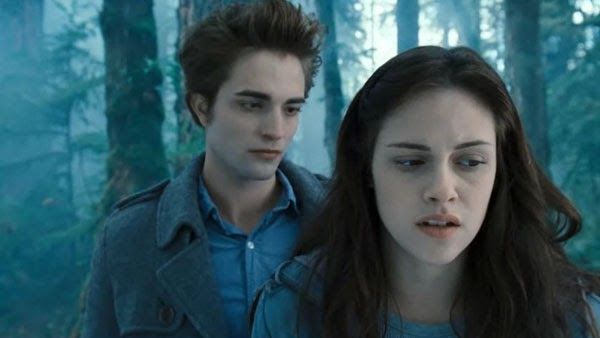
The Shadow and the Glow: A Midnight Sun Rises Again
A digital whisper, then a roar. The internet, that vast, pulsating nexus of collective consciousness, momentarily shuddered with news as potent and unexpected as a vampire revealing their true nature in broad daylight: ‘Twilight Saga animated adaptation Midnight Sun announced.’ For a generation who came of age with Bella’s clumsy charm, Edward’s tortured gaze, and Jacob’s unwavering loyalty, it was a jolt of recognition, a frisson of nostalgia, and a sudden, undeniable question mark suspended in the air. Was this a return to a cherished past, or a brave new dawn for a saga many thought had already set?
Twilight wasn’t just a story; it was a cultural epoch. It burrowed deep into the collective psyche of the late 2000s, igniting debates, fostering fervent fandoms, and selling millions of books and movie tickets. That intoxicating blend of forbidden romance, supernatural intrigue, and small-town ennui captivated hearts and minds, creating a universe that, for all its occasional quirks, resonated with the universal pangs of first love, identity, and belonging. Now, over a decade since the last film adaptation, the announcement of an animated Midnight Sun doesn’t merely stir the embers of that past; it suggests a controlled burn, a deliberate re-ignition with a different kind of fuel.
The very choice of animation is perhaps the most intriguing brushstroke on this new canvas. Live-action adaptations, while often beloved, are inherently limited by the physical world. Actors age, special effects can sometimes betray the imagination, and the ethereal quality of a richly described internal world can be difficult to translate. Animation, however, is a medium of boundless possibility. It’s a dream made visual, a thought given form. Liberated from the constraints of live-action casting and the often-debated limitations of early CGI, an animated Twilight can truly lean into the fantastical. Imagine the breathtaking speed of a vampire hunt, the shimmering iridescence of their skin in sunlight, the visceral intensity of their powers, all rendered with an artistic freedom previously unseen.
And then there is Midnight Sun itself. Not a rehash, but a re-perspective. Stephenie Meyer’s novel, a long-awaited companion to the original, plunges deep into the mind of Edward Cullen, offering his brooding, ancient, and often terrifying viewpoint on the events of Twilight. It’s a story already steeped in shadow and self-loathing, a world seen through the eyes of a creature perpetually fighting his own predatory nature. Animation is uniquely positioned to illustrate this internal struggle. Edward’s hyper-perceptive senses, his internal monologues that stretch back decades, the way he experiences Bella’s ordinary human thoughts as a cacophony – these are elements that animation can visualize with nuance and depth, giving audiences a true glimpse into the labyrinthine mind of a vampire struggling with love and hunger. The glint of a diamond-hard hand, the swift, silent movements, the raw, almost painful beauty of his existence – these can be given a stylized grace that enhances the supernatural awe without being tethered to physical reality.
The announcement isn't just a studio play; it’s a direct address to a passionate, often fiercely protective fanbase. It acknowledges the enduring love for Forks, for its improbable vampires and werewolves, and for the simple, compelling human girl at its heart. It offers a chance to revisit, to re-experience, but through a fresh lens. There will, undoubtedly, be apprehension – the fear that something beloved might be altered beyond recognition. But there will also be immense excitement, the thrill of seeing a familiar world rendered anew, perhaps even improved upon, by the infinite palette of animation. It’s a chance to rectify past creative choices, to deepen character arcs, and to truly explore the magical realism that always hummed beneath the surface of the saga.
This isn't merely a nostalgic re-tread; it’s a fascinating case study in the evolution of intellectual property and the cyclical nature of fandom. It highlights how stories can transcend their initial forms, finding new life and new audiences through different mediums. The “Midnight Sun” itself, a paradoxical phenomenon where darkness and light intertwine, serves as a perfect metaphor for this animated rebirth. It represents the hidden depths of a familiar narrative, illuminated from an unexpected angle, promising not just a revisit, but a revelation.
As the digital roar settles into an eager hum, the anticipation builds. An animated Midnight Sun holds the promise of a deeper, more visually arresting exploration of a beloved tale. It’s a testament to the enduring power of its characters and its world, now poised to unfold in a way that truly honors the fantastical heart of its creation. The twilight of the past casting a long, intriguing shadow over the vibrant dawn of a new animated future.
